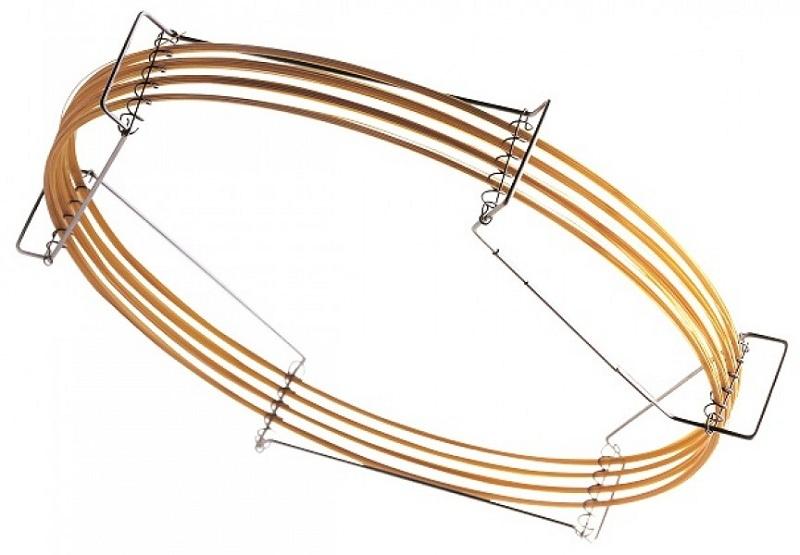GC capillary columns are generally termed as the heart of the chromatography. They are classified in terms of packing material and dimensions.
The column is widely used in the industries like:
• Petroleum,
• Chemical,
• Biochemistry,
• Medicine and health,
• The food industry,
• Environmental protection and so on.
It can be used for quantitative and qualitative analysis, but also to determine the sample in the stationary phase of the distribution coefficient, activity coefficient, molecular weight and specific surface area and other physical and chemical constants.
The column separates the mixture first using a column and then uses the detector to sequentially detect the separated components. The column has a diameter of several millimeters, filled with a solid adsorbent or a liquid solvent, and the filled adsorbent or solvent is called a stationary phase. There is also a mobile phase corresponding to the stationary phase. The mobile phase is a gas that does not react with both the sample and the stationary phase, typically nitrogen or hydrogen. The sample to be analyzed is injected into the mobile phase at the top of the column, and the mobile phase enters the column with the sample. The mobile phase is also called carrier gas. The carrier gas flows continuously through the column at a constant flow rate during the analysis, while the sample is injected only once and once for each analysis. The separation of the samples in the column is based on differences in thermodynamic properties. The stationary phase has different affinity for the components in the sample. When the carrier gas passes through the column continuously with the sample, the affinity component moves slowly in the column because the affinity is large and the force of the stationary phase is large. Little affinity is moving fast.
It is recommended to use fused silica and stainless steel columns as they have high inertness and flexibility. The most preferred choice of the gas chromatography columns is fused silica.
It is known that sample concentration decides the internal diameter of the column. The results of poor sample concentration capacities are:
- Loss of resolution
- Poor reproducibility
- Peak distortion
The longer the length of the column, the greater would be the resolution of the sample columns. On the contrary, increasing length increases the analysis time.
The retention and elution temperature of each sample is determined by the film thickness. On one hand, thick films increase the time a compound stays in stationary phase while the thinner films tend to reduce the retention time. It is recommended to analyze the compounds having volatility on thicker films for better separation.
Hence, the gas chromatography columns are selected on the basis of column length and type of packaging.
The gas chromatography column is an instrument for analysis and detection of each type of component in a mixed gas.
For the best chromatography results, it is essential to choose the right equipment. Quadrex Corp's Gas chromatography helps in separating the mixtures and getting individual components and GC columns play a significant role in getting good results.












No Comments